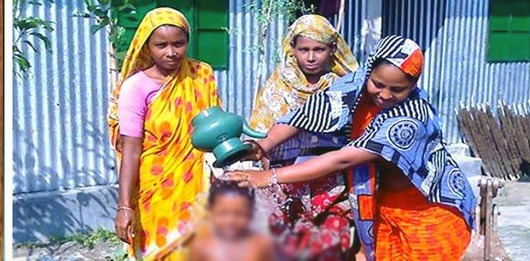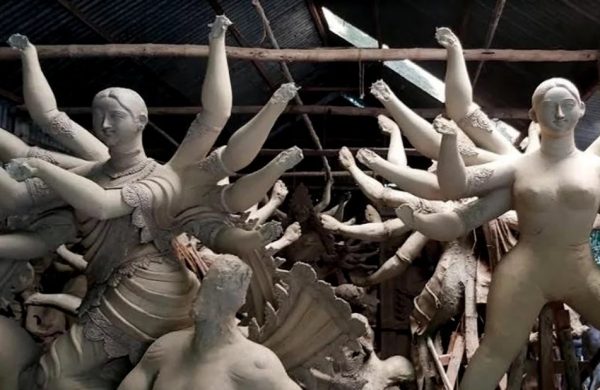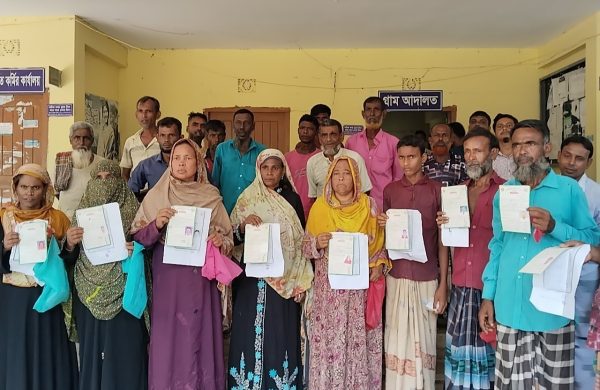From innocent bonds to rising gangs: tracing the evolution of teen groups
- Update Time : Saturday, January 4, 2025

–Mofazzal Karim–
Let’s start with a revelation. The concept of teenage gangs, which seems to be a hot topic for criticism and concern these days, is far from a modern phenomenon. Believe it or not, teenage gangs were just as active 70-80 years ago. Take the 1950s, for example—that was the teenage era for octogenarians like me. And, yes, my friends and I were proud members of these so-called “gangs.”
Don’t be alarmed. I’m telling the truth. Back then, neighbourhoods had groups of children and teenagers forming informal gangs. Their activities included playing football or cricket in the afternoon or sneaking into someone’s garden to steal guavas or lychees. Much like the mischievous adventures of the rebellious poet’s Habu, we occasionally faced the wrath of a gardener or got a scolding.
In winter, making colourful kites, coating strings with glass powder, and engaging in kite-flying battles were some of our gang’s highlights. While most of these activities were harmless, occasional squabbles, and even fistfights, between rival groups weren’t unheard of. However, such incidents were rare and never escalated to anything serious.
Another fascinating aspect of our childhood was the phenomenon of “feuds.” One group would stop talking to another, avoiding eye contact on the streets or refusing to share the same playground. Yet, almost everything in a child’s life revolved around camaraderie, either in a neighborhood club or someone’s living room.
Most importantly, these childhood gangs were not accused of any antisocial behavior. A teenager’s life in the 1950s revolved around their home, school, and playground. Without TVs, smartphones, or other gadgets, children would rush home from school, grab a snack, and run to join their friends. The gangs, if anything, were predecessors to modern-day groups, but they lacked the notoriety associated with the word “gang” today.
So, how did these innocent groups morph into the violent, intimidating gangs we hear about now? Why does the word “gang” today evoke fear, leading people to lock their doors and pray for safety? News reports paint them as the leaders of tomorrow’s underworld, making their mere mention alarming.
The reasons behind this transformation are numerous. Foremost among them is the sweeping evolution of science and technology, whose impact has reached even conservative, developing countries like ours. News of events from thousands of miles away in Europe or America reaches us instantly, thanks to modern technology. Unfortunately, not all of this news is uplifting; it often includes crime, violence, and thrill-seeking stories that captivate a 10- or 12-year-old’s mind.
Then there’s the influence of films and TV. Movies or shows available around the clock depict protagonists pulling off daring crimes, inspiring young minds to emulate them. If a lone hero can snatch a purse or necklace effortlessly, why can’t they? If not alone, why not join forces with friends? And so, the seeds of today’s teenage gangs are sown—small-time thieves evolving into more dangerous criminals.
Another contributing factor is the lack of recreational facilities. In a country that once had playgrounds and parks for children, how many remain today? Instead of rushing to fields for games, children now find themselves in secret hangouts, plotting mischief. Libraries, once the intellectual hub for young minds, are nearly extinct. Is it any wonder, then, that gangs have proliferated?
In the 1950s and 60s, organizations like *Mukul Fouj* and *Khelaghor* thrived in cities, supported by schools and colleges with scout troops. Reviving such initiatives today could provide an alternative to the void in children’s recreational lives.
Finally, let’s not overlook the role of moral and religious education. Whether at mosques, temples, churches, or pagodas, even limited access to moral teachings can help shape a child’s character from an early age.
As the eminent poet Golam Mostafa once wrote, moral guidance and collective effort are the keys to nurturing our youth. Let us revisit these values to reclaim the innocence of our childhood and steer today’s teenagers toward a brighter future.
(The writer is a poet and former Secretary.)


















